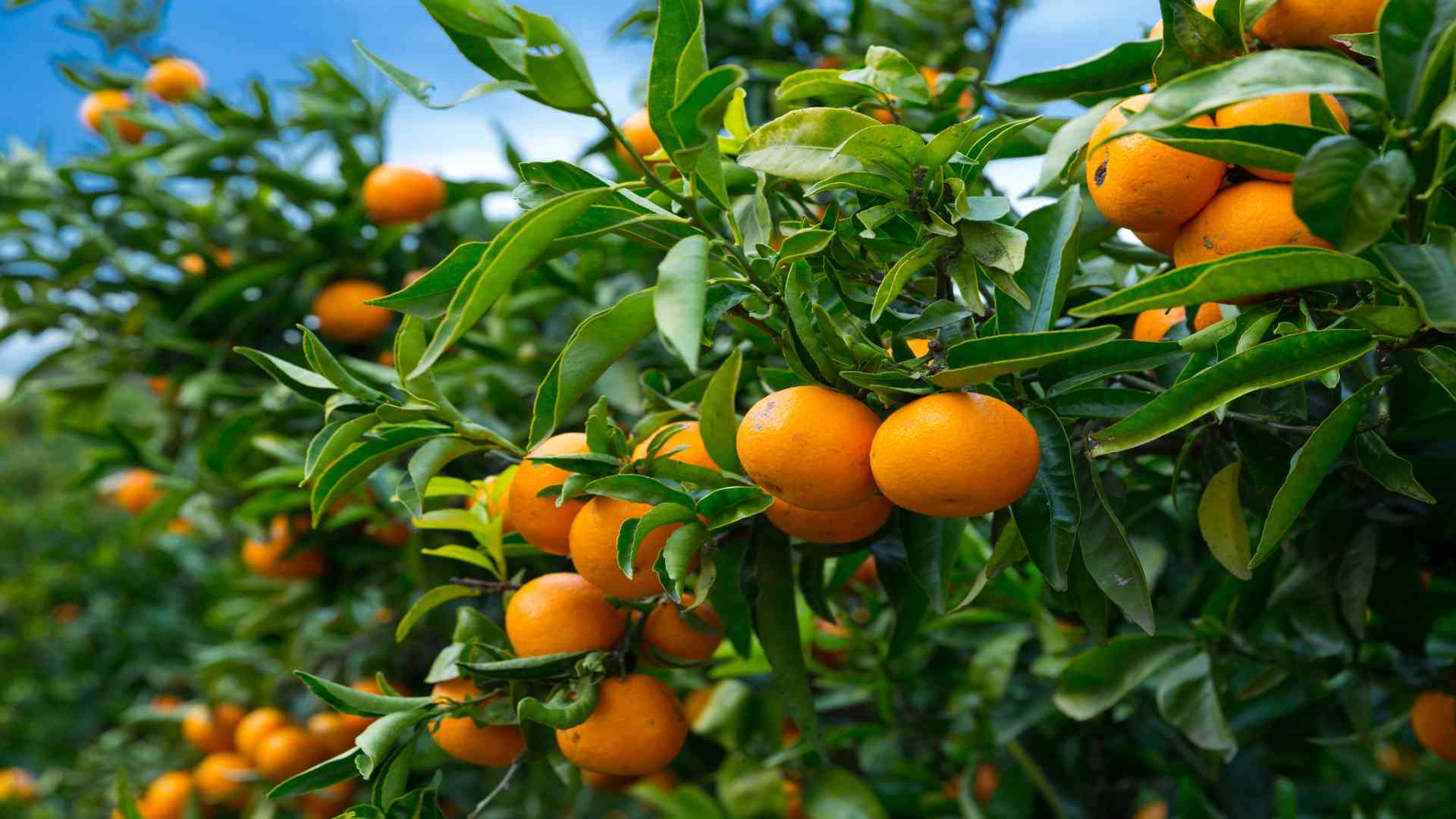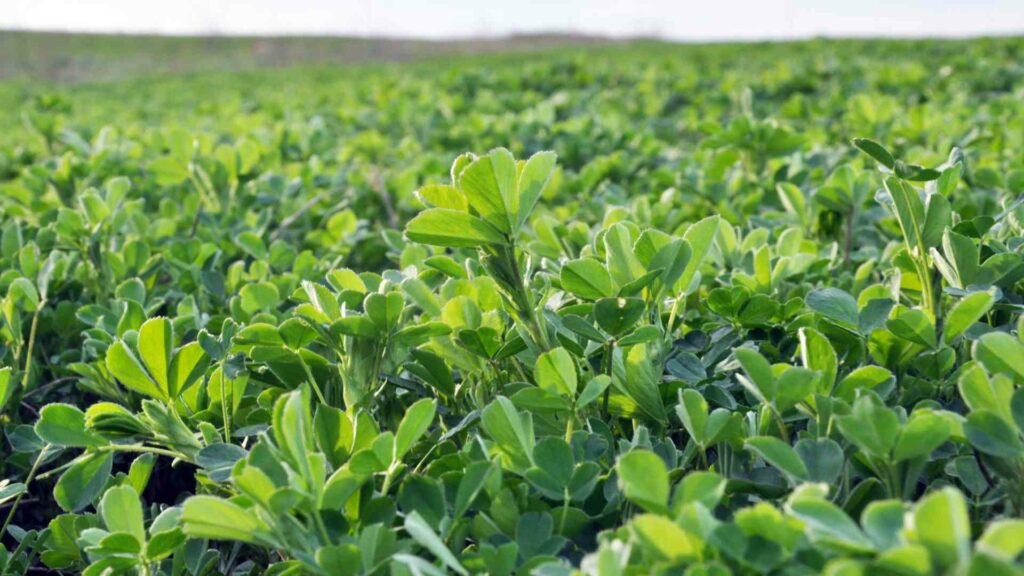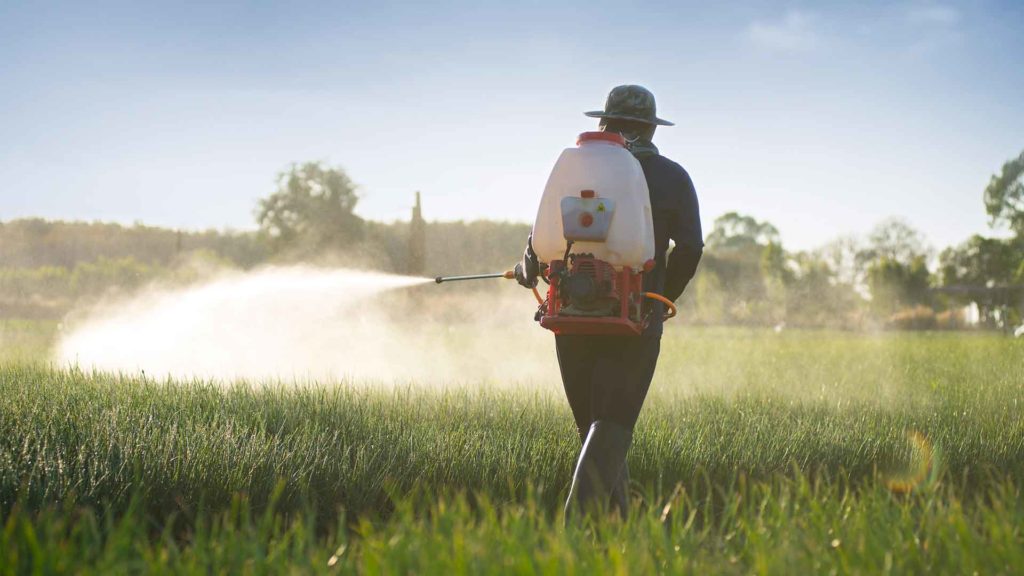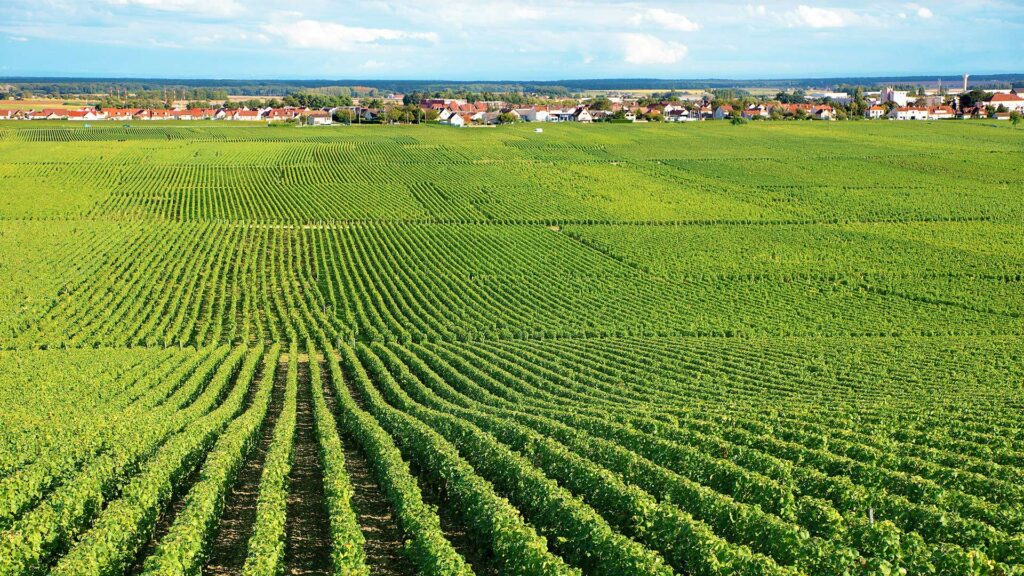Citrus Fruits: Facts and Nutrition Information
Citrus fruits are an important part of many diets around the world. They are high in Vitamin C and other nutrients and are used in recipes as a garnish, added to salads, or made into juices. Boron is a trace element used in the production of citrus fruits. It is required for proper plant development and preserving consistent fruit yield and quality.

Citrus fruits
What Happens When Citrus Fruits are Boron-deficient?
Boron deficiency is a global issue becoming more challenging with the increasing presence of acidic and alkaline soils. Citrus trees are more often found to be growing in such soils.
Once plants in such soils enter the reproductive phase, there is a time lag between the time fertilizers are applied to plants and how much the nutrients from the fertilizer make their way into fruits annually. There follow long juvenile periods ranging between 4-5 years for budded plants and up to as many as 8-9 years in seedling plants.
Boron is an essential mineral for citrus plant growth and function, but it is often lacking in many soils. Extensive deficiency (39-68%) is observed in red and lateritic soils and leached acidic soils within the hot semi-arid ecoregion.
It also occurs in alluvium-derived soils within the hot sub-humid ecoregion, brown and red hill soils in the warm, humid ecoregion, and highly calcareous soils within the hot subhumid ecoregion. These are the climate and soil combinations where the best quality citrus is produced in large quantities in countries like Brazil, China, and Japan.
Boron’s role in flower initiation, pollen germination, N-metabolism, hormonal influences, and Ca maintenance is well known. It is a vital nutrient as a non-ionized atom in soil solution, and plant roots acquire this as boric acid. Boron, when acquired, is silently distributed to various plant organs via the transpiration stream.
An analysis of chronological advancements in multiple facets of B-nutrition, using citrus as a perennial test crop, was reviewed to harness the possible benefits of B-fertilization for citrus fruits’ production.
B-Constraints Identification
A variety of techniques are commonly used to detect B-constraints in citrus trees. These are deficiency symptoms in citrus discovered through fruit analysis, leaf analysis, soil analysis, and biochemical markers.
Morphological Deficiency Symptoms
These symptoms include:
- The mature leaves turn yellowish to bronze in color, stretched and brittle, with descending curling at 90 degrees to the midrib.
- The veins are elongated and become corky, separating the upper surface.
- Shoots from numerous buds form a head-like cabbage growth.
- Splits evolved in the bark of the internodes, exposing amber-colored gum and woody tissues.
- Gummy granules form in the fruit albedo, and the leaf venation is rough.
- Fruits are distorted. The peel is rough and thick, and the pulp often has brown spots.
Leaf Analysis
The leaf analysis is derived from four factors:
- A leaf is a primary site for metabolic activities;
- Variations in nutrients are reflected in leaf content;
- The variations are more noticeable at certain developmental stages than others, and
- Nutrient levels in leaves at a particular growth stage are linked to crop productivity.
The main techniques used to create leaf nutrient guides are the sand culture technique and crop modeling after the information is derived through a thorough survey of citrus trees and field experimentation.
Here are some experimental data from a study carried out in the USA.
| Citrus Variety | Boron Deficient | Low Boron | Sufficient Boron | High Boron | Excess Boron |
|---|---|---|---|---|---|
| Citrus sinensis Osbeck cv. Navel | <20 | 21-40 | 50-150 | 160-260 | > 270 |
| Citrus sinensis Osbeck cv. Valencia | <20 | 21-40 | 50-150 | 160-260 | > 270 |
| Citrus sinensis Osbeck cv. Valencia | <15 | 15-40 | 50-200 | 200-250 | > 260 |
| Citrus sinensis Osbeck cv. Valencia | <20 | 20-35 | 36-100 | 101-200 | > 260 |
| Citrus sinensis Osbeck cv. Valencia | <21 | 21-30 | 31-100 | 101-260 | > 260 |
| Citrus sinensis Osbeck cv. Valencia | <20 | 21-35 | 36-100 | 101-200 | >250 |
Soil Analysis
Various soil conditions that lead to boron deficiency include
- Acidic soils, irrespective of parent material with excess B leached out;
- Soils that are naturally low in B, particularly those arising from igneous and metamorphic sandstone rocks;
- Alkaline soils that are rich in total B but poor in available B;
- Laterite soils with limited silica and strong Fe and Mn content;
- Acid sludge or peat soils; and,
- Soil with low clay composition.
Biochemical Markers
The activity of phenylalanine ammonia-lyase in numerous plant species was varied, suggesting that the test plants were susceptible to boron deficiency in different ways. B deficiency in browning plant tissues is linked to polyphenolic compound accumulation and interaction with cell wall synthesis.
As B interacts with six phosphoglucose acids to produce an enzyme-inhibited compound, it controls phenol synthesis and thus safeguards B-deficient leaves from necrosis death. Symptoms of boron toxicity include unusual areas of yellowish-orange tint between veins along its margin and the tips of the leaf surface. There is also some tip sensation and defoliation.
Effects of Boron on Citrus Fruits Production
1. Fruit Yield:
Citrus is highly boron sensitive, resulting in significant yields.
2. Fruit Number and Fruit Weight:
The number of citrus fruits per tree increases, fruit drop is reduced, and fruit weight is increased.
3. Juice Content:
Boron supplies positively influence juice content by speeding up ripening and maturity, thus increasing crop marketability.
4. Total Dissolved Solids (TSS):
Boron directly impacts fruit quality by escalating sugar content.
5. Vitamin C:
Boron can also boost the vitamin C content of fruit.
A Short Note on Citrus Fruits
Flowering trees and shrubs produce citrus fruits. They have a white pith and leathery rind that surrounds juicy segments. They are indigenous to Australia, New Caledonia, New Guinea, and perhaps Southeast Asia. They are now grown in tropical and subtropical climate zones worldwide. The main production hubs are Spain, China, Brazil, Mexico, the United States, and India. Amazingly, nearly one-third of all citrus fruits are juiced.
Here is a List of Citrus Fruit Variants:
1. Sweet oranges:
Navel, Valencia, Caracara, Blood orange
2. Mandarins:
Clementine, Tangelo, Satsuma, Tangor
3. Limes:
Key lime, Persian, Kaffir
4. Grapefruit:
Ruby red, Oroblanco
5. Lemons:
Meyer, Eureka
6. Other kinds:
Yuzu, Citron, Pomelos, Sudachi
Citrus Fruit Uses
Citrus fruits are known for their refreshing taste and use in various dishes, from savory to sweet. They can be used as a garnish, added to salads, or made into juices and marmalades.
Citrus fruits are also used in many beauty products, such as facial cleansers and toners. The acidic nature of citrus fruits helps to exfoliate the skin and remove dead skin cells. Citrus fruits are also said to help boost collagen production, which can help reduce the appearance of wrinkles.





